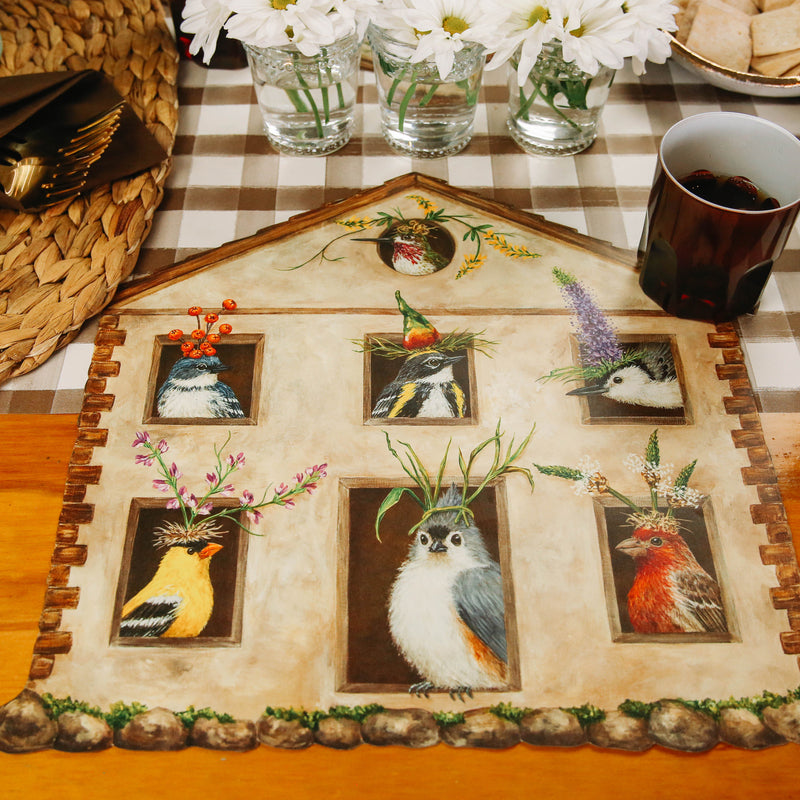The 7-Minute Rule for Top News Sites
The 7-Minute Rule for Top News Sites
Blog Article
Little Known Facts About Unique Art.
Table of Contents5 Simple Techniques For Unique ArtRumored Buzz on Unique ArtThe 10-Minute Rule for Unique ArtThe Ultimate Guide To Unique Art
While one might dispute which art kind holds precedence, the reality continues to be that each of these seven kinds offers an one-of-a-kind window right into human background, society, and development. They are the tapestries that chronicle our trip, advising us of our past while motivating visions for the future.Excellent art work narrates, makes people look twice, and creates an unique experience that can not be matched. Art and images interact every one of that with shade, shape and other layout components. Learn how to make your unique artwork stand apart from the crowd.
3 Emil DervishIn this entranceway by Emil Dervish that beautiful cobalt blue door swipes the program. To bring even more dramatization, he prolonged the paint. to the doorframe and the wall up, ending up in an arched form. The curves, in addition to a spherical sconce, soften the sides - Unique Art. Frameworks vintage posters and maps of cherished places established the scene.
8 TRIA GIOVANEqual parts grand and laidback, this foyer developed by Anthony Baratta is the best blueprint to adhere to if you're embellishing a formal entryway that still feels unfussy and comfortable. Formed textiles take spotlight (see the carpets and the couch), yet they additionally aid bring the high ceilings down to a human range when hung over wallpaper.
Some Ideas on Unique Art You Should Know
18 Heidi Caillier DesignA gallery wall surface does not need to take up the whole space. Occasionally a little one can make a bigger design statement. In this living room, Hiedi Caillier decided for micro-mini frameworks and a random structure. Advertisement - Continue Reading Below19 Stephen Kent JohnsonDesigner Juan Carretero went with a deep eco-friendly paint shade to contrast with the light timber finishes.
The aspects of this languageits forms, lines, colours, tones, and texturesare used in various means to create sensations of quantity, space, activity, and light on a flat surface. These aspects are incorporated into meaningful patterns in order to stand for genuine or supernatural phenomena, to translate a narrative theme, or to create completely abstract visual partnerships.
Later the concept of the "fine musician" established in Asia and Renaissance Europe. Famous painters were managed the social standing of scholars and courtiers; they authorized their job, determined its layout and commonly its subject and images, and established a more personalif not always amicablerelationship with their patrons. Throughout the 19th century painters in Western societies started to shed their social placement and safe patronage.
See This Report on Unique Art
Others earned a revenue through visiting exhibits of their job. The demand to appeal to an industry had actually replaced the similar (if much less impersonal) demands of patronage, and its result on the art itself was most likely similar. Normally, musicians in the 20th century can get to an audience just with industrial galleries and public galleries, although their work might have been sometimes reproduced in art periodicals
For the background of paint in old Egypt, see Egyptian art and design. The advancement of paint in various regions is treated in a variety of short articles: Western painting; African art; Main Asian arts; Chinese painting; Islamic arts; Japanese art; Oriental art; Indigenous American art; Oceanic art and style; South Eastern arts; Southeast Asian arts. It is the sense of inevitability in this formal organization that offers a fantastic paint its self-sufficiency and existence. The colours and positioning of the principal photos in a find more information design might be often greatly decided by representational and symbolic considerations. Yet it is the formal interaction of colours and forms that alone can interacting a certain state of mind, creating optical experiences of room, volume, motion, and light and producing pressures of both harmony and stress, even when a paint's narrative meaning is odd.
Don't duplicate the style of various other artists if you're searching for your style. Duplicating other individuals's art work can be wonderful in educational functions but it will not make you closer to finding your own distinct design. Your artistic design has to be, what you such as and what influences you.

Unknown Facts About Unique Art
You require to try great deals of various alternatives and check out everything before you can concentrate on one particular style or you'll be tired, or even worse, you'll dislike your very own style. I suggest you to attempt every solitary subject that you're interested in, check out as much as you can. Try different tools that delight this contact form you and new methods you've never ever tried before.
With time you'll have the ability to arrange all of them right into your favored and the very least favorite classifications. Try to focus your interest on the topics and mediums that you like and before you see it coming you'll have your own personal and distinct style, like no person else have! So in the end you'll have a couple of favorite based on repaint and maybe a few favorite tools.

Report this page